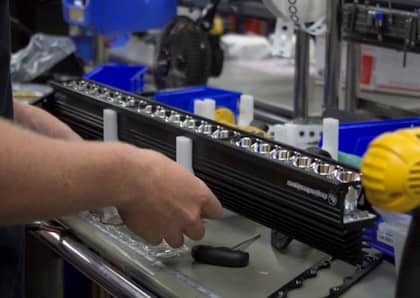Get Better Gas Mileage with Smarter Auxiliary Lighting Placement
For decades, adding auxiliary lighting to your off-road rig meant accepting that you were sacrificing at least a few miles per gallon to the gods of aerodynamic drag. Light bars, spots, and in some cases even bumper lights were almost always large enough to disrupt air flow around your vehicle and claw back efficiency to a noticeable degree.
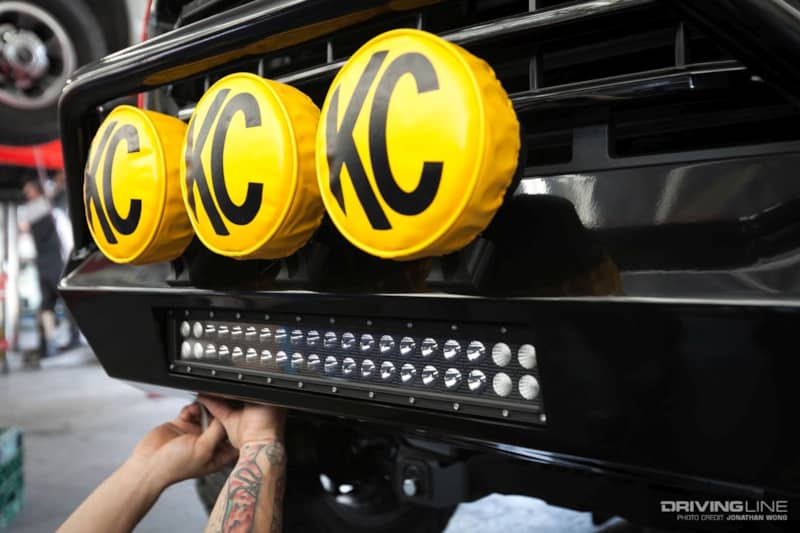
The LED revolution has dramatically altered what we can expect when gifting extra illumination to a truck or SUV. Thanks to their much smaller sizing and far better heat management, it's easier to place powerful lights in out of the way places that split the difference between paying more at the pump and seeing more on the trail.
Avoid The Roof At All Costs
Mounting off-road lights has traditionally been a balance between two things: throwing enough light on the terrain ahead, while simultaneously protecting them from being damaged by brush, rocks, and other hazards.
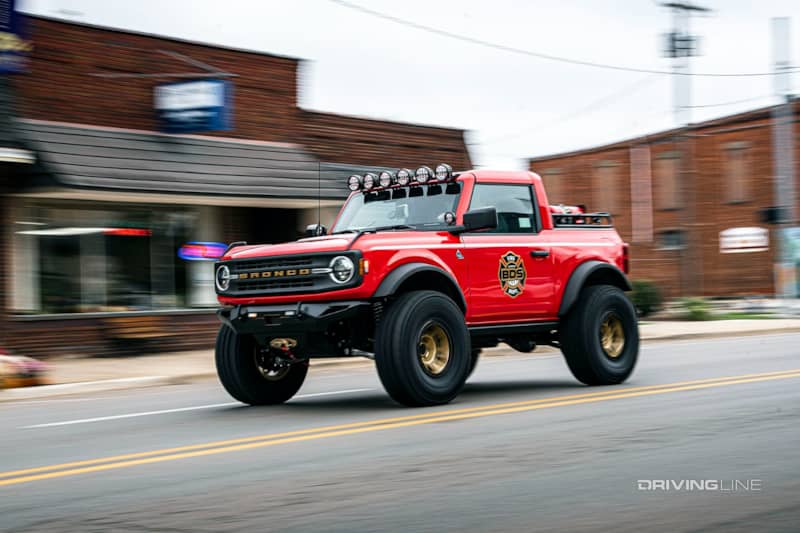
Much of the time this has meant putting them up and away from potential impact points. Specifically, the roofline at the top of the windshield, and the same position above the rear glass were common mounting positions. Unfortunately, these are also two areas where a large row of lights is going to disrupt air flow the most, a situation that is immediately audible to anyone who's ever had to deal with the whistling of a light bar or roof rack.
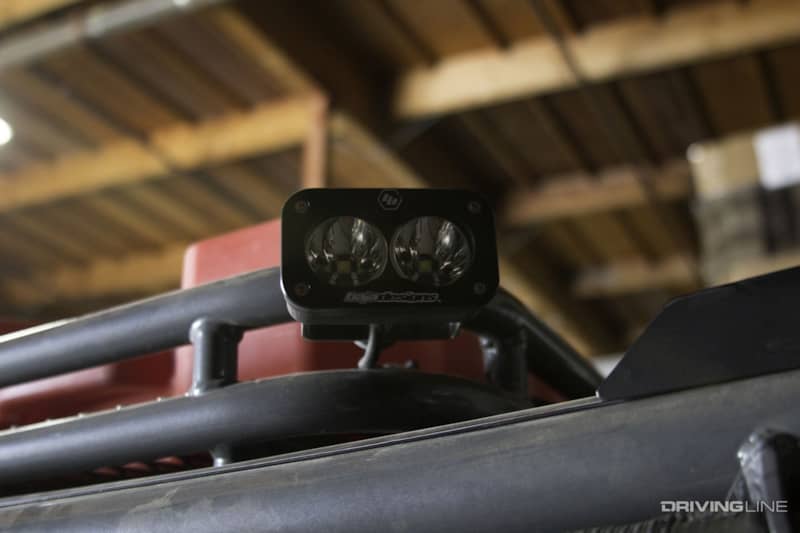
Modern LED lights mounted on the roof already enjoy an advantage over their halogen predecessors thanks to their lower profile. Not nearly as tall as an incandescent-style light, they present less frontal area to the wind. They can also have their blunter faces smoothed out by rolled accessory covers (although their ability to specifically improve mileage is debatable).
Go For Grille
Despite their smaller size, however, roof-mounted LED light bars are still disruptive enough to air flow passing over the top of the truck to create additional drag. Fortunately, it's possible to move that light bar from the roof and still enjoy similar illumination while eliminating almost any efficiency penalties.
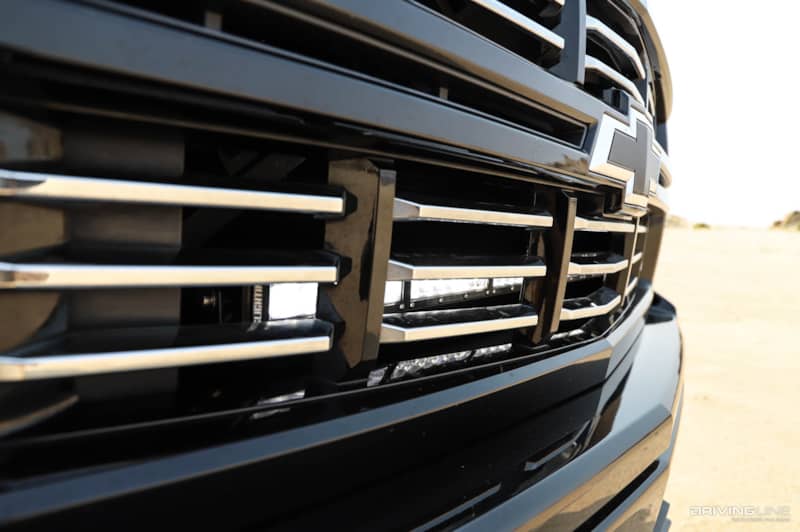
Powerful light bars that are sized specifically to mount behind or even inside the grille of a truck are a solid alternative to rooftop installations. Although not as high-up as a roof set, grille light bars are at least at the same height as a vehicle's headlights, which means they have a good view of the area in front of the vehicle. This Chevy Silverado has a GG Lighting 30" single row light bar mounted in the bottom portion of the grille.
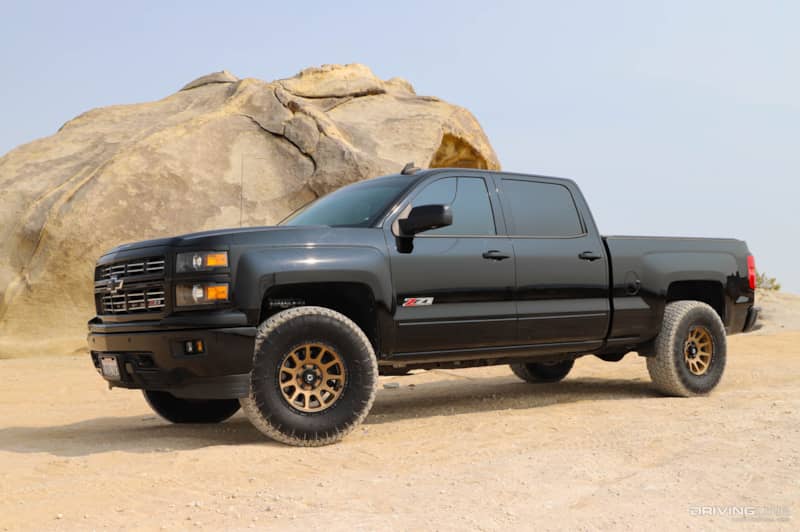
Modern grille openings are now so large that there are also fewer obstructions to block light, while the smaller size of these LED units also makes for negligible interference in airflow to the radiator. There's also the added bonus of these hidden lights being less attractive to thieves when parked for the night.
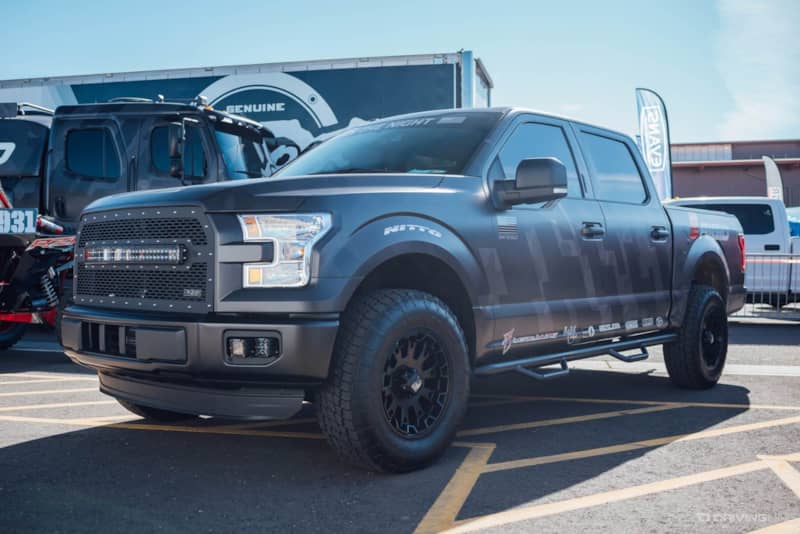
If you have an older rig with a more constricted grille, an alternative to a full-on bar is using individual LED lights wired on the same switch and positioned strategically to peek out from behind the slats up front.
Stick To Small On The Bumper
Bumpers are also a popular aftermarket light mounting spot, and while they are at greater risk to damage due to trail shenanigans, keeping lights centralized rather than at the edges of a bumper can offer additional protection. Some types of off-roading offer less concern for light damage at the front of the vehicle, which allows for attaching a LED bar across the front face of the bumper itself or inset into an aftermarket bumper with an appropriate cavity.
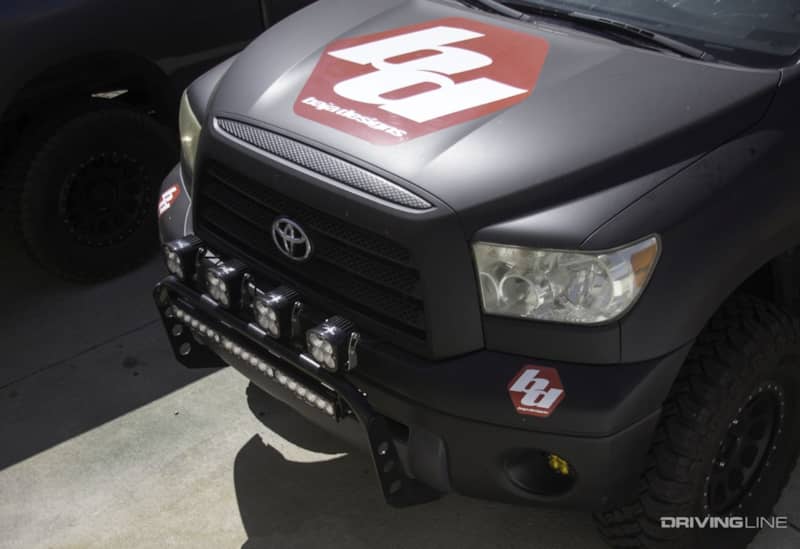
Of course, if your rig does features an off-road specific bumper, you might have already altered its aero to the point where additional lighting drag won't make much difference. If you're still running stock, however, it's worth it to consider whether a pair of small, but powerful individual LED light projectors might be sufficient versus adding a wider bar across the front of the vehicle.
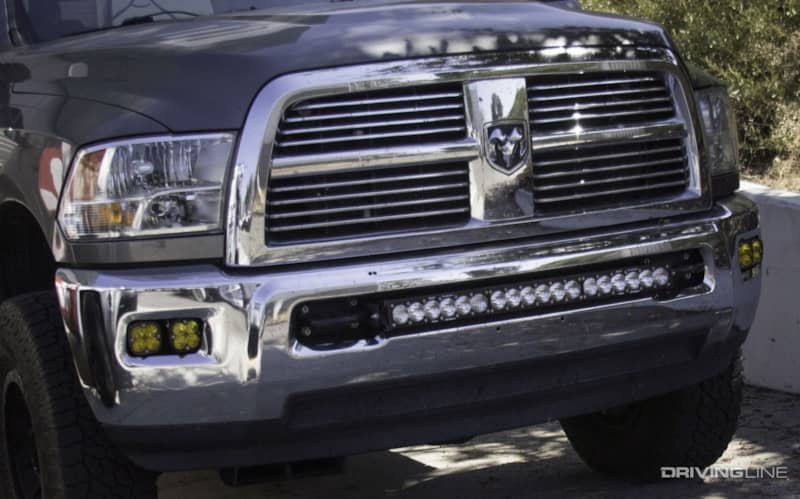
As with a smaller light bar on the roof, it's more the disruption of air flow along the fenders, up and over the hood, and under the bumper that increases drag rather than the front area of the lights themselves. Still, profile is important when pursuing efficiency. It's also key to avoid the temptation to move those lights from the bumper to the leading edge of the hood, where a lighting bulge can have the same fuel-sapping effect that it does on the roof.
Think It Through, Save Gas
There are almost always going to be on-pavement sacrifices made when you focus on improving a vehicle's performance off the beaten path. A number of standard upgrades—gear ratios, large tires with aggressive tread, suspension lifts—specifically have a knock-on effect for fuel mileage that is difficult to avoid.
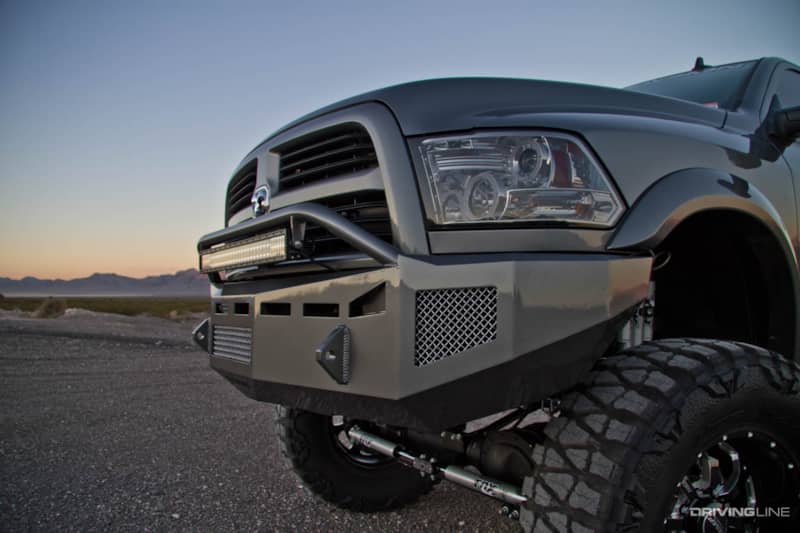
Lighting is an area that provides the opportunity for better balance and you can definitely be more judicious when selecting the install spot for your next set of off-road lighting. Switching to LEDs, keeping housings as small as possible, and installing them in areas that don't interrupt or otherwise mess with air flow over and around your vehicle are relatively simple steps you can take to keep more dollars in your pocket the next time you fill the tank.





